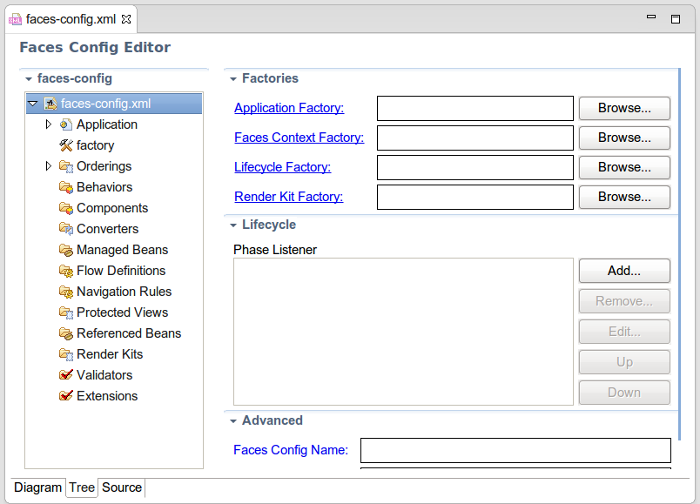

Being component-based, JSF always has a good security advantage over JSP. JSF is a proper framework that connects a data source with a reuseable UI component, provides support for multiple libraries, and decreases the effort to build and manage applications. Unfortunately, JSPs are slow to compile, hard to debug, leave basic form validation and type conversion to the developer, and lack support for security. With the help of JSTL and EL, we can define any custom HTML tag to build a good UI.

JSPs fill the markup gap for the servlet. Additionally, it lacks the utilities for common tasks like building the markup, validating the requests, and enabling the security features.

However, it doesn't come with a view technology, and the developer has to mix markup tags in with Java code. Servlet technology is the foundation of web application development in J2EE. These features include support for annotations, HTML5, Restful, and stateless JSF, among others. With older releases of JSF 2.x, many new features were introduced to make the framework more robust and efficient. JSF 2.0 was a major release that included Facelets, composite components, AJAX, and resource libraries.īefore Facelets, JSP was the default templating engine for JSF applications. In the render phase, the system renders the requested resource as a response to the client browser. Render Response: Builds the view and renders pages.Invoke Application: Handles application-level events such as submitting a form.
JSF 2 VS ICEFACES UPDATE
Update Model Values: Traverses the component tree and sets the corresponding server-side object properties.Process Validations: Process all the validators registered on the component tree.Apply Request Values: Restoration of the component tree during a postback request.Restore View: Starts when the JSF receives a request.The execute phase is further divided into six phases: The lifecycle of a JSF application consists of two major phases: execute and render.


 0 kommentar(er)
0 kommentar(er)
